It was still pitch-dark as we drove towards the Shore Temple in Mahabalipuram – one of South India’s most celebrated monuments. About 60 kilometers from the metropolitan city of Chennai, overlooking the southeastern coast of India, Shore Temple is one of the oldest temples in south India. Constructed sometime in the 8th century CE, the Dravidian-style temple reflects the royal taste of the Pallava dynasty.
Every day, the temple draws thousands of people from different parts of India. It is impossible to explore the mesmerizing monument in peace and the reason why we were awake at the break of dawn on a vacation. Having my car around for the trip turned out to be quite helpful as we didn’t have to go hunting for public transport at these awkward timings.
So, let me start at the beginning:
History of Mahabalipuram
Mahabalipuram landscape is dominated by huge granite boulders. Along with these pre-historic rocks, the sandy beaches create a unique surrounding. The whistling winds at the seaside bring a vivid aliveness to the natural beauty.
According to ancient scriptures, Mahabalipuram was already a thriving seaport on the coromandel coast of the Bay of Bengal during the Sangam Age (200 BCE to 300 CE). Ancient Tamil literature does not mention Mahabalipuram, but the poem Perumpanarrupadai, dedicated to Tindaiman Ilamtiraiyan, a king of Kanchipuram, describes a port called Nirppeyarvu, that could be either identified with Mahabalipuram. The harbor town was used by many for trading with south-eastern countries like Kambuja (present-day Cambodia) and Shrivijaya (present-day islands of Malaysia, Sumatra and Java).
Coins of Theodosius (4th century CE) and other artifacts excavated from this region indicate to a pre-existing trade relation with the Romans long before the town became part of the Pallava Empire. The Romans have been believed to have come shopping for spices, precious stones, sandalwood, and even exotic birds like peacocks. Excavation in the neighborhood has yielded amphora jars in which the Romans used to store wine and other food items.
The town’s name, Mahabalipuram, according to some, was meant to honor the benevolent King Bali, also known as Mahabali. The ancient Indian scripture of Vishnu Puran documents the interesting story of Vamana, an incarnation of Vishnu and Bali.
Who is this Bali?
According to the medieval scripture of Vishnu Puran, one of the eighteen Mahapuranas, Mahabali was the great great-grandson of sage Kashyapa, great-grandson of Hiranyakshipu, the grandson of Prahlada. The time under his rule was considered one of great prosperity and happiness. His success as a loved king, lead even the gods to be jealous of him, who conspired to bring about his demise at the hands of Vamana, the fifth avatar of Vishnu.
According to the legend, after he failed to fulfill his promise to provide three paces of land for the Vamana. Vamana sends Mahabali to live in netherworld. The benevolent king surrendered himself to Vamana, following which he is said to have attained enlightenment.
The town is also known as Mamallapuram in some quarters, read on to know why:
Even though Mahabalipuram was already a popular seaport, it was during the rule of Mahendra Varman I (600 CE – 630 CE) that the town started to flourish as a center of art and culture. The Pallava kings who ruled along the seashore, with Kanchipuram as their capital, were great patrons of art and music. Their patronage facilitated the creation of a number of the town’s most iconic landmarks. This period of artistic excellence was duly continued by his son Narasimha Varman I (630 CE – 668 CE).
The town is said to have got the initial name of Mamallapuram from king Narasimha Varman I (630 CE – 670 CE), after his bestowed title ‘Mamallan’ which means the ‘great warrior’. It was during his reign that most of the rock-cut temples and carvings were commissioned. The Shore Temple however was commissioned quite later in the 8th century during the reign of Narasimha Varman II (695 CE – 722 CE) who was also known as Rajshimha.
Puram, the second part of the town’s name is a Sanskrit term for a city or urban dwelling.
Shore Temple in Mahabalipuram
We reached the Shore temple gates at 6.20 am. The ASI ticket office had just opened. The tickets cost ₹30 per head for Indians. The officer at the ticket counter insisted that I leave my tripod at the ticket office since it is not allowed inside the temple garden. As we walked down the long path amidst the green lawns, two temples with elegant towers emerged in the distance, with pine trees surrounding them, swaying in the strong breeze of the Bay of Bengal.
Shore temple is the most iconic structure of the group of monuments at Mahabalipuram. It appears quite different in terms of design compared to the popular temples of Kanchipuram, more like a pagoda. In terms of design, it is closer to Kailasanathar temple that I visited in Kanchipuram. Probably because both were constructed during the reign of Narasimha Varman II.
Ancient mariners have referred to this sea-port as the land of the Seven Pagodas. Locals tell tales of the Shore temple that was once part of a much larger temple structure featuring seven pagodas. When Marco Polo arrived in India on his way back to Venice from Southeast Asia, he mentions “Seven Pagodas” in his journals. In fact as recent as the 19th century, European explorers have left written records that locals had witnessed glinting copper tops believed to be the submerged pagodas out at sea.
As I walked towards the heritage structure, I could recall faint memories from when I was here in my childhood. The place has changed so much, but for the better. The temple is now surrounded by fences. A manicured lawn adds to the beauty of the heritage building. The rows of pine trees along the shore stand as a first wall, stopping the strong sea breeze from hitting the temple directly.
The Shore Temple is in asymmetrical alignment in plan, having two temples in front and back. Between these two, one more hall type of a temple without the superstructure of vimāna also dedicated to Vishnu as Anandasayana Murti.
Vishnu is known as Anantasayana when he is recumbent on the king of nagas (serpents), Anantashesha.
Ardha Mandapa
A 4 ft granite wall surrounds the temple, enclosing all its shrines. A wide stone staircase led us down into the temple complex, implying that the ground level has risen since the time when the temple was first created. A narrow gate from here leads into the Ardha Mandapa. The gate is designed with relief sculptures of Brahma and Vishnu on either side. On the walls, I can only assume are the carvings of the Bhootganas, disciples of Shiva.
Rajasimha Pallaveshwara Griham
The shore temple stands as an architectural marvel in the once port city of Mahabalipuram, the second capital of Pallavas. All three structures here have been sculpted from granite stones hauled from a nearby quarry.
The temple comprises of:
- Rajasimha Pallaveshwara Griham, a west-facing structure that has a small tritala vimana (3 storeyed)
- Kshatriyasimha Pallaveshwara Griham, an east-facing structure that has the largest vimana and,
- Pallikondaruliya Devar, another east-facing structure that is a flat-roofed mandapa in an oblong shape, and which enshrines the reclining Vishnu.
The temple has two opposite entrances. Walking around the Ardha mandapa, we reached the first temple also known as Rajasimha Pallaveshwara Griham. It is the smaller of the two Shiva temples, facing the west. The pilasters on the wall have rearing lion bases making it a characteristic feature of temples built in during the reign of Narasimha Varman II. A small Nandi bull sits just above the doorway of the temple.
Its towering roof or the Vimana goes up to three storeys. The tower (sikhara) has four bhootganas (disciples of Shiva) seated on the four corners blowing conches. A rounded stupa sits on the top (sikhara) made out of basalt. The pyramidal towers have become black and gloomy from the continuous attack of the moist salt winds.
Inside the doorway in a dim-lit room, lies a bas-relief of Shiva with his consort Uma and young Skanda at their side. Skanda is said to be the god of war. He was the firstborn son of Shiva but he was reared by the Krittikas. Hence, Skanda is also called Karttikeya (Son of Krittikas). In the same carving, Brahma and Vishnu are seen towards the top giving them blessings. I noticed multiple instances of this relief at Kanchi Kailashantar Temple.
Under the smaller Shiva temple, one can see two inscriptions depicting Rajaraja Chola I dated 1010 CE. These inscriptions mention the names of all the three temples as “Rajasimha Pallaveshwara Griham – Kshatriyasimha Pallaveshwara Griham – Pallikondaruliya Devar“. The first two names refer to the two Shiva temples. Pallikondaruliya devar, refers to “the God who is pleased to sleep” namely Vishnu who is generally depicted in a sleeping position with the seven-headed serpent providing shade over his head.
Mahishasura Mardini
To the south of the Rajasimha Pallaveshwara Griham is a large rock-cut lion. On its right legs sits goddess Durga. Mahishasura was a shape-shifting demon from Hindu mythology, known for deception and who pursued his evil ways by shape-shifting into different forms. He was ultimately killed by Durga in her Mahishasura Mardini form.
Ah.. these mythology stories are so interesting.
Below the big lion is a carved headless deer as if to suggest a sacrifice to the goddess Durga. This is, in my opinion, one of the most unfortunate aspects of any religion – the sacrifice of animals. What gives us humans the right to decide whether the Gods, we created in our image, desire animal sacrifice or not.
A carved socket inside the lions heart serves as the sanctum of Mahishasura Mardini (Durga). It is truly surprising, how the craftsmen carved this detailed statue inside the socket.
Kshatriyasimha Pallaveshwara Griham
The path to the two other temples had been blocked, so I have no photos of these sections. We walked around the temple to its backside. The reliefs on the outer walls have been worn away and even the granite walls have been hollowed out by the waves and spray that for centuries during storms have washed over them and invaded the innermost parts of the structure.
The five-story edifice towards the back is also known as the Somaskanda Temple. It is the highest structure in the complex and designed in a way that the first rays of the rising sun fall on the presiding deity of the temple, Shiva. Unfortunately, the section was blocked off. Visitors were earlier allowed to enter the premises through the gate here. It was possibly under repairs.
Inside the east-facing temple, behind a broken Shiva Lingam on the wall lies a large Somaskanda. The Shiva Lingam inside is said to have sixteen faces.
The shikhara (roof) of both the shrines resembles a pyramidal structure with a stupa, which can be only seen at the Kanchi Kailashantar Temple. However, like some other remarkable structures at Mahabalipuram, this too is embellished with intricate bas-reliefs. This could in a way suggest an exchange of ideas during the design phase with other cultures.
According to our guide, sandwiched between the two Shiva temples lies a Vishnu temple where one can see Vishnu as ‘Anantashayana’. Vishnu is seen in different contexts and moods when he is reclining on Anantasesha (Seven-headed Serpent). He is called yogasayana when he is meditative and the sages Bhrigu and Markandeya are with him.
Monolithic sculptures of Nandi bull can be seen scattered all around the temple complex.
With the Sun up, there was better light to capture the carvings along the walls of the corridors. Near the Ardha Mandap, on the floor lay a stone carving of Vishnu. In this photo, you will notice how different quality of stone has degraded differently. The brownish one is all but disintegrated but the whiter stones have maintained most of its carvings.
The stone wall surrounding the temple are lined with eroded carvings in granite. With so much corrosion, it is hard to identify the scenes that they depict.
Completing a full circle of the temple, we found ourselves back at the Ardha mandap gate.
Bali Peethas
Not to be confused with “Bali” pronounced “baali” which means strength, Bali means sacrifice. In the temple complex are also three Bali Peethas or temple altars where animal sacrifice was once practiced. The Bali Peethas are said to have inscriptions in Sanskrit written in Pallava Grantha, praising the virtues of king Rajasimha.
Tank with Varaha statue
The Sun was by now shining bright in the sky. Beside the main temple is a small tank-like structure. In the middle of this tank is a miniature circular granite pillar.
The base of this miniature temple is a square with octagonal and circular paths one above the other. In the side of this little tank, beside the miniature temple is a sculpture of a rock-cut boar with the body of an elephant.
Mahabalipuram underwater city
Now you may think that’s it, but it gets better:
Remarkable as the Shore temple may seem, it is the six other submerged temples that had obviously piqued my interest. Mannuci a European sailor who was visited Mamallapuram during the period of the 17th century and given a name to this historic site as “The Seven Pagodas.” According to a local myth, the beauty of Mahabalipuram aroused the jealousy of Indra, the king of celestial beings. As a result, the king of devas, who is said to have control of the thunderstorms, is said to have submerged the entire town, including six of the seven temples, under the sea during a great storm. Only the Shore Temple survived above the water, evidence that this beautiful city had once existed.
This myth also finds backing from some archaeologists, who believe that the majority of the temple complex was likely destroyed in a previous tsunami traced back to the 13th century.
The 2003 underwater explorations by National Institute of Oceanography had revealed the presence of many structural remains including a fallen wall, scattered dressed stone blocks, a few steps leading to a platform and remains of many more fallen wall sections in 5 – 8 m water depth which is believed to be man-made. Their research done in five various place in a stretch of 500 to 700 meters distance from the Shore Temple at the depth of 5 – 8 meters. The interesting one of these findings is a lion sculpture that ensures their belonging probably of Pallava.
During the devastating December 2004 tsunami in the Indian Ocean, it briefly exposed the beachfront near Saluvankuppam, north of Mahabalipuram, revealing inscriptions and structures. The tsunami also revealed large structures on the seabed about a kilometer offshore, which archaeologists speculate may be the ancient Mahabalipuram. When the waters returned, these features were submerged again. These artifacts include a large stone lion still found on Mahabalipuram’s beach and a half-completed rock relief of an elephant.
Want to know the best part?
As a result of these eye-witness reports, the Archaeological Survey of India along with the help of the Indian Navy conducted a survey of the site. The search revealed a large series of buildings, walls and platforms that have been interpreted as forming a large complex dating to the Pallava era. Among many submerged structures, a big structure was found about 700 m east of the Shore Temple, under 6 m of water. The structures were covered in marine growth. Huge rectangular blocks were also noticed on the upper portion of the structure. About 200 m towards NNE of this lies another structure at about 5-8 m in depth. This site has remains of a wall, dressed stone blocks and natural boulders. Apart from these many more structures were found believed to be fallen walls and stone steps leading to a square platform.
These new discoveries have sparked renewed interest in the Mahabalipuram legend. Based on these new pieces of evidence, it has been speculated that the underwater structures off the coast of Mahabalipuram may have been part of a small seaport city. I hope with further investigations, a greater understanding of these submerged structures can be gained and the myth of the six submerged temples might one day be considered as a true historical fact.
It was almost 9 am and the sun was beating down upon us. Groups of tourists had begun surrounding the temple. A couple of local guides were already harassing us to employ them. It was time for me to leave.
Despite continuous erosive effects of the moist and salty sea air, the Shore Temple preserves its beauty in many parts. Of all the temples I have witnessed in South India, its unique design hides many secrets. Unfortunately, it is the only temple remaining to tell the tales of a glorious past. The ASI continues its good work on the site, with the hope of identifying more structures and their purpose as well as better understanding the history of the submerged city as a whole. The myth of the Seven Pagodas may yet, in coming years, be excavated back to life before our very eyes.
Tourism in Mahabalipuram has grown substantially over the years which contribute to the growing number of tourist arrival. Initially, tourists were small in numbers and treated as guests but now hospitality has become commercialized. The bars, discos and other entertainment spots have led to a spurt in disturbing public behaviour, drunkenness and vandalism. If you are looking for a peaceful exploration, I would suggest you lodge up at one of the hotels with a private beach. Make the rounds of the heritage monuments during weekdays and if possible towards early mornings. The sites open up at 6.30 am and the crowds only start to gather around 8 am.
Thanks for reading. Please leave me a comment if you liked the post or follow my story as I explore the ancient monuments of Mahabalipuram.
Disclaimer: The information presented in this article is based on the time I visited the premises. Note that there might be changes in the prices of merchandise and admission fees that might have occurred after this article was published. At times the facility might also be closed for repairs or for variety of other reasons. Kindly contact the facility or facilities mentioned in this article directly before visiting.
Usage of this site indicates acceptance of my Terms and Conditions.
Credits: The historical information presented herein is gathered mostly from local guides that were re-inforced via historical writings.
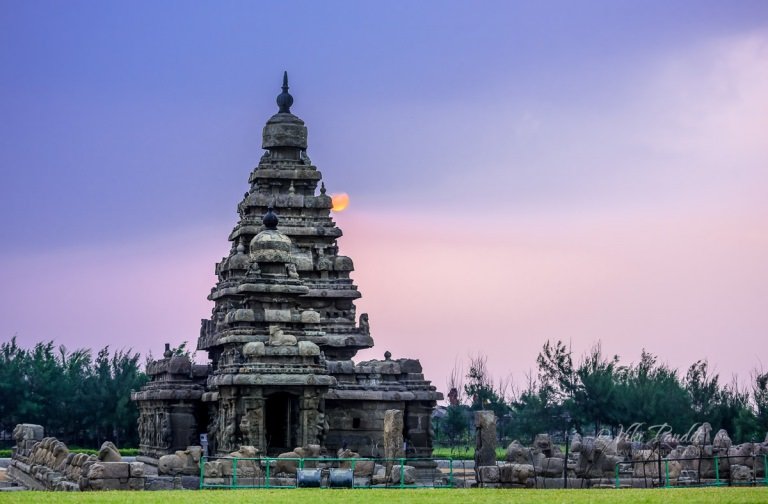

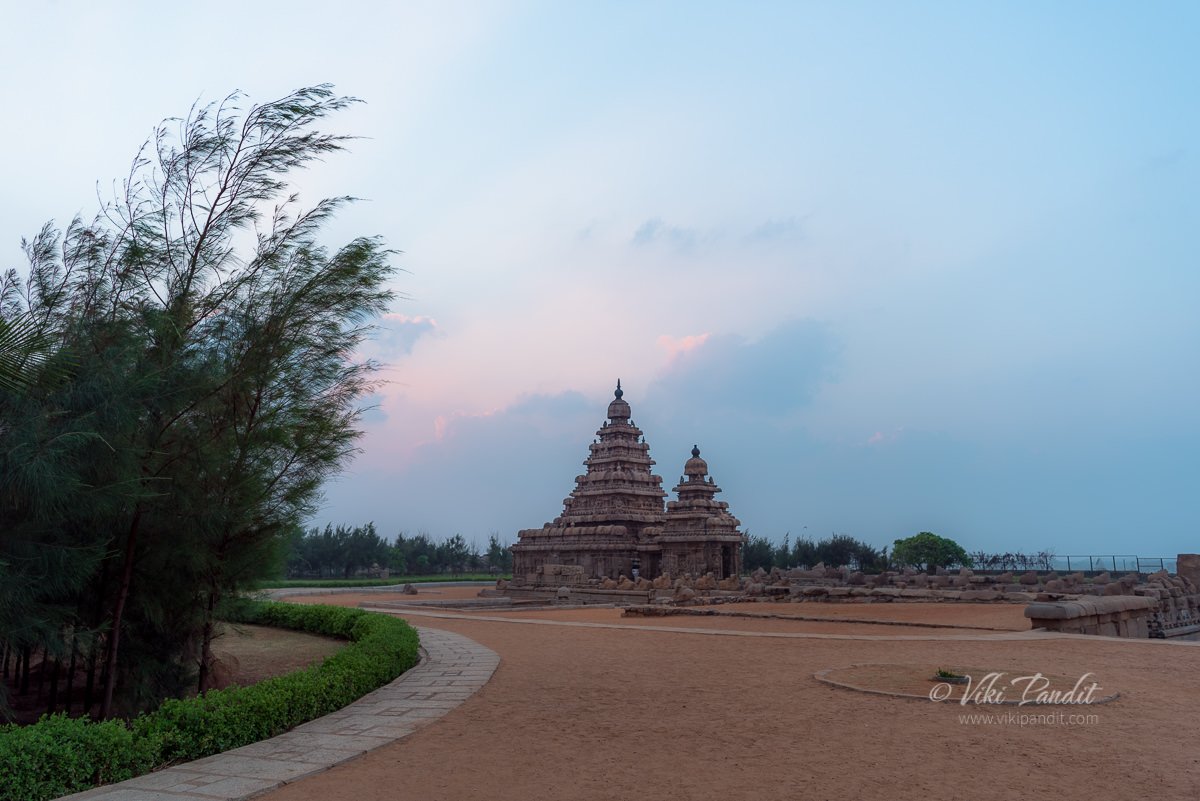

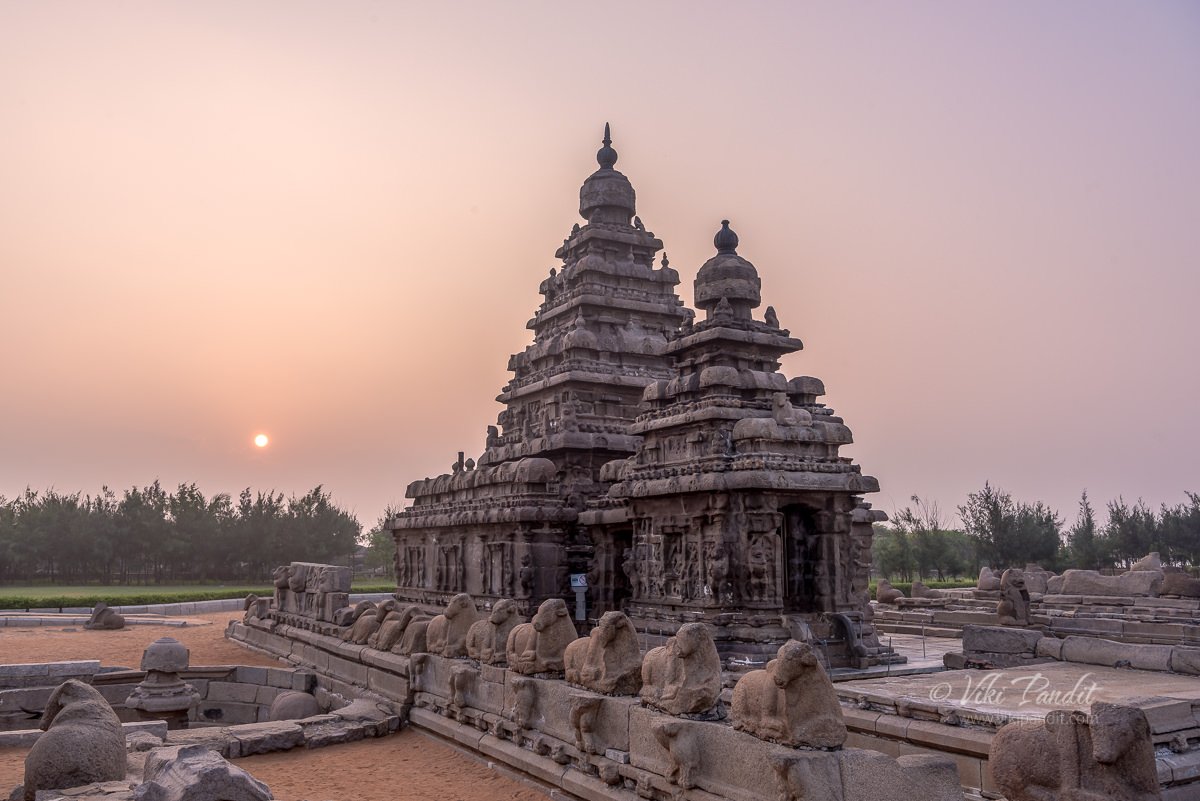


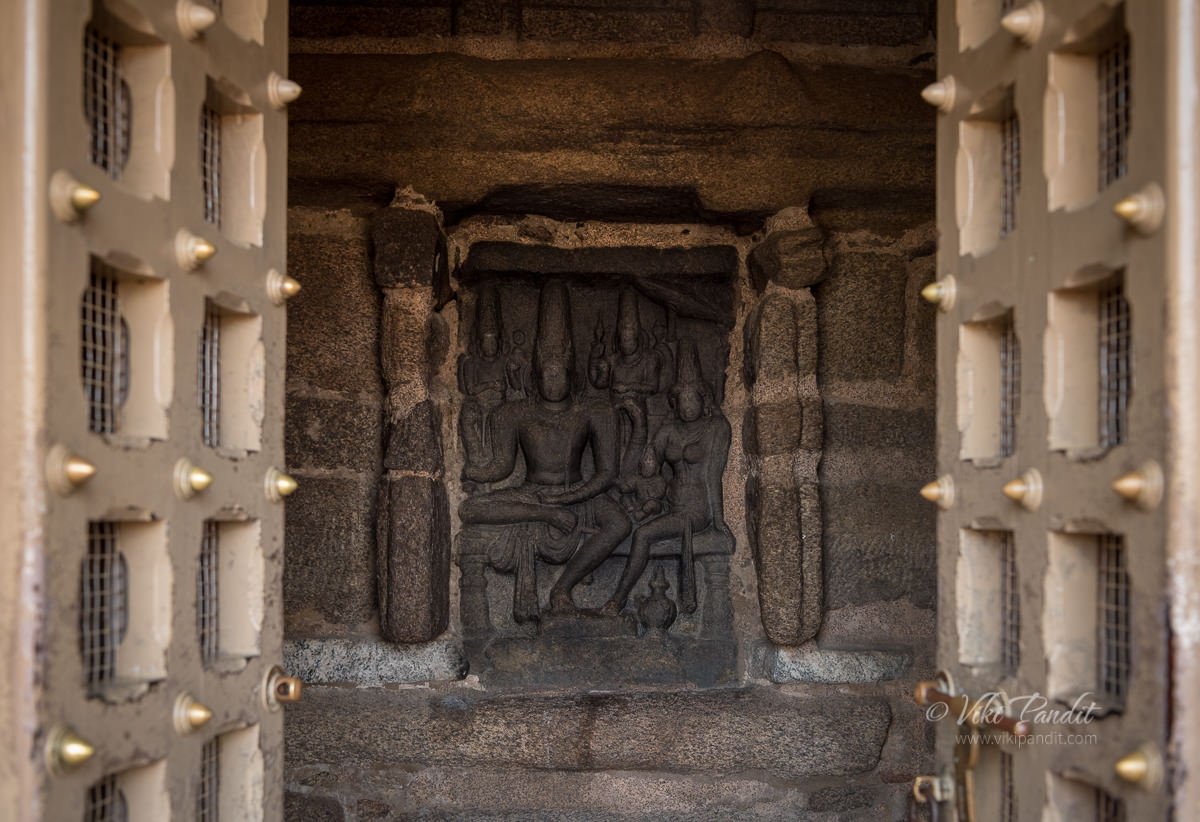
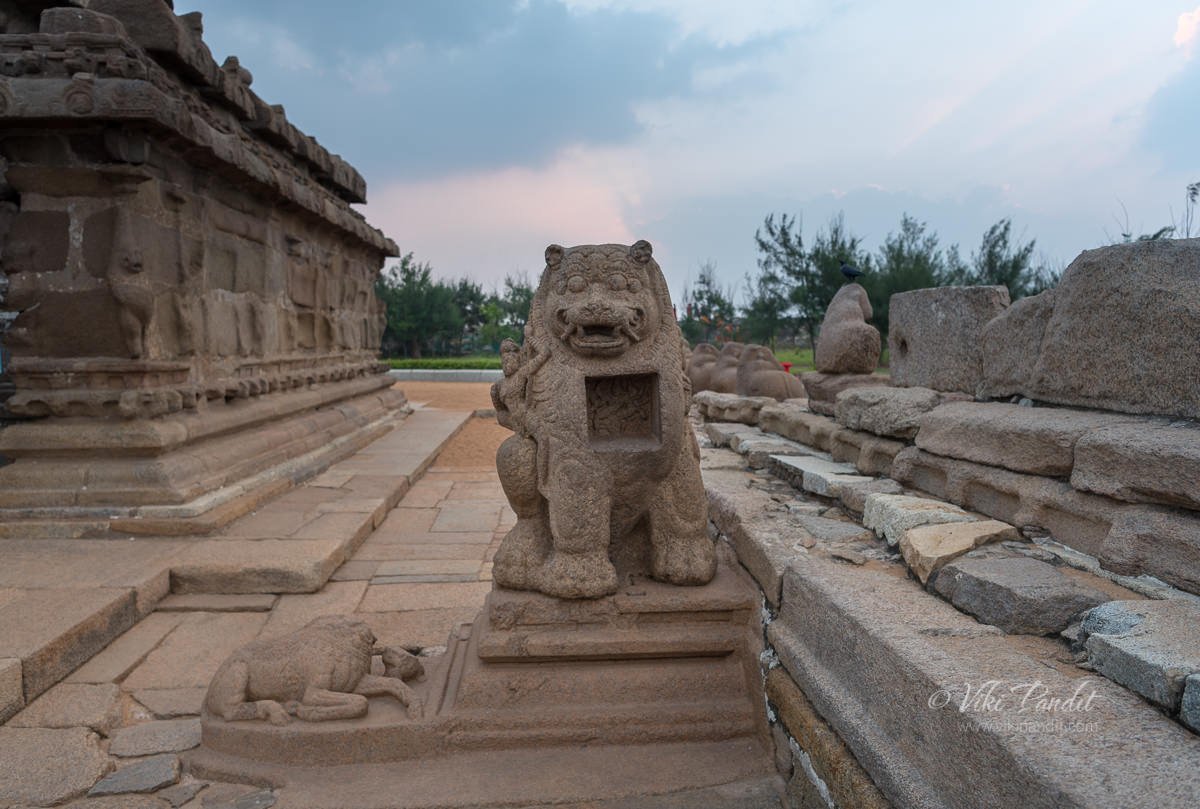

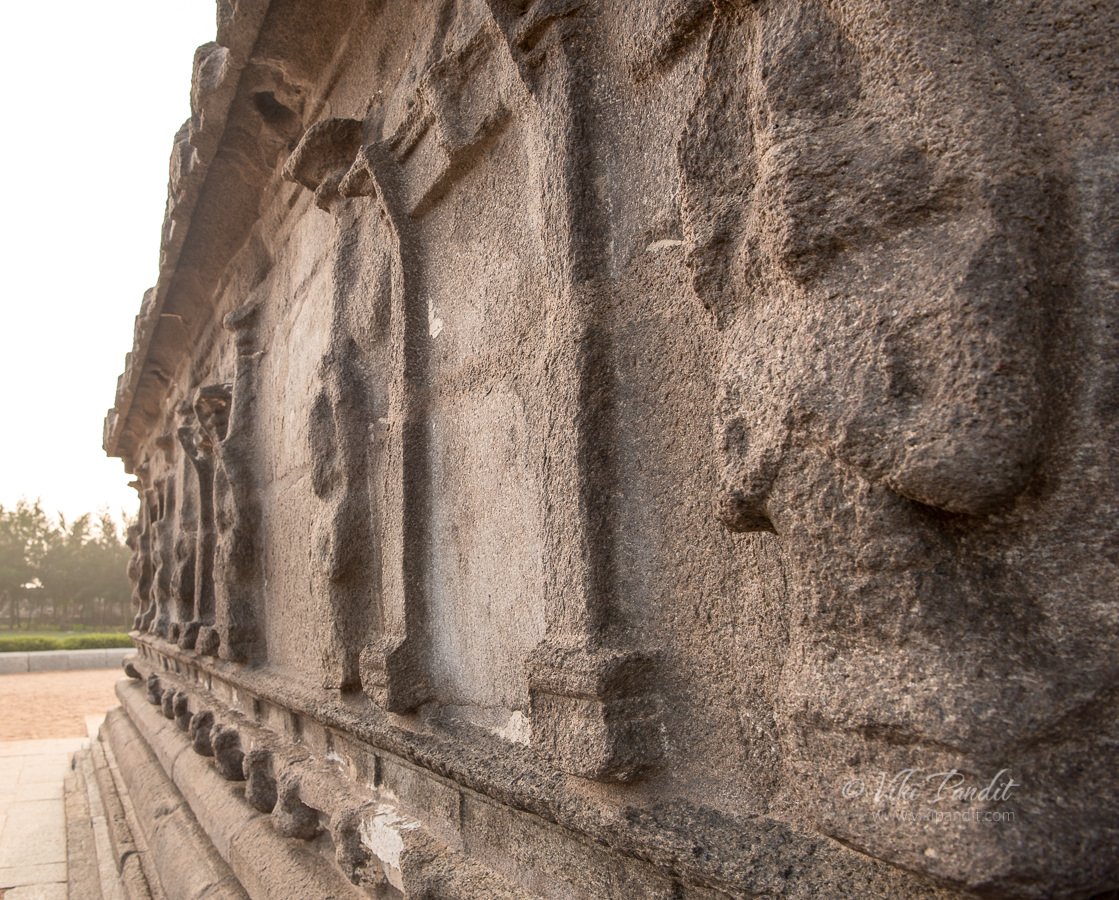
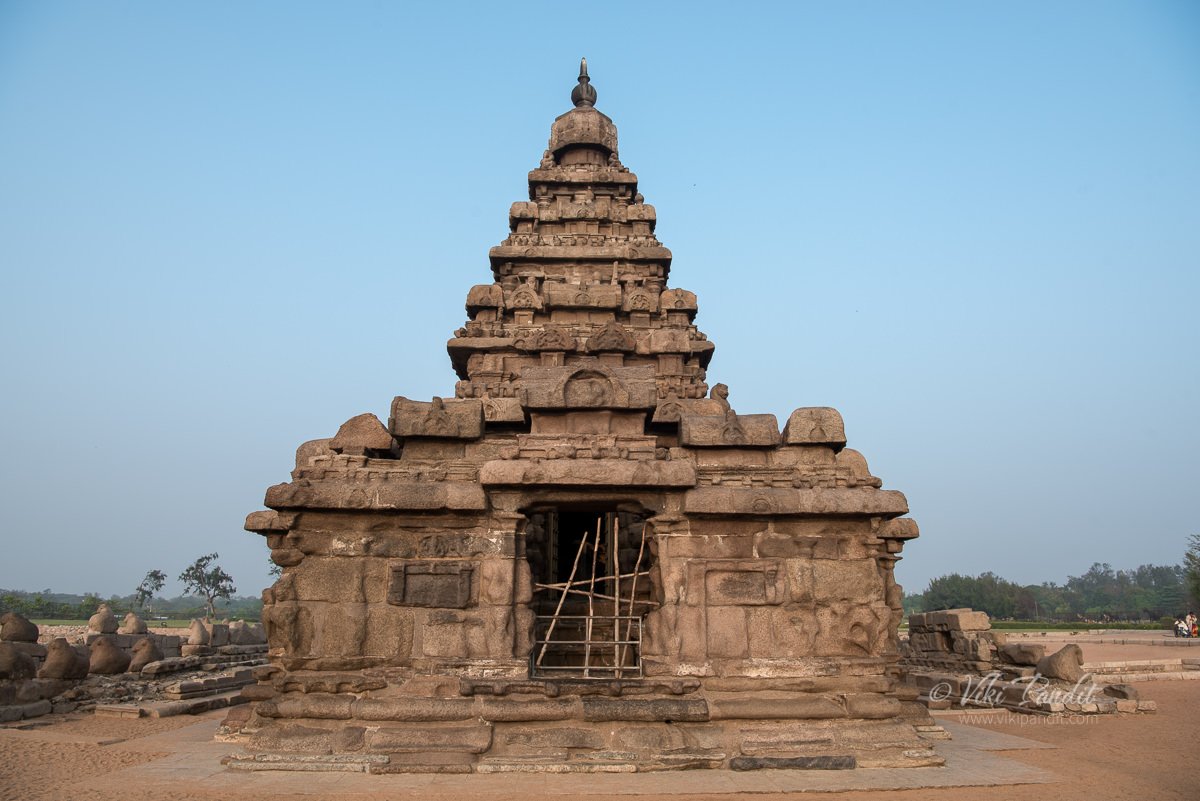

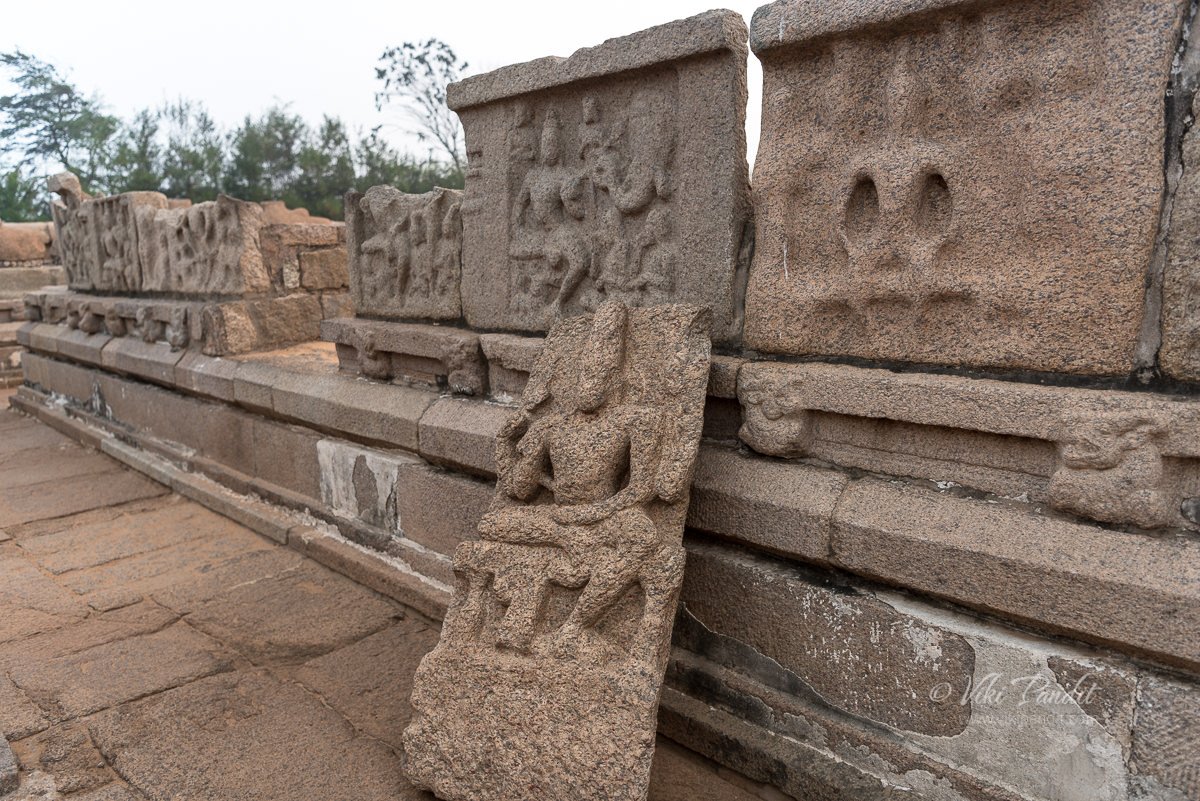



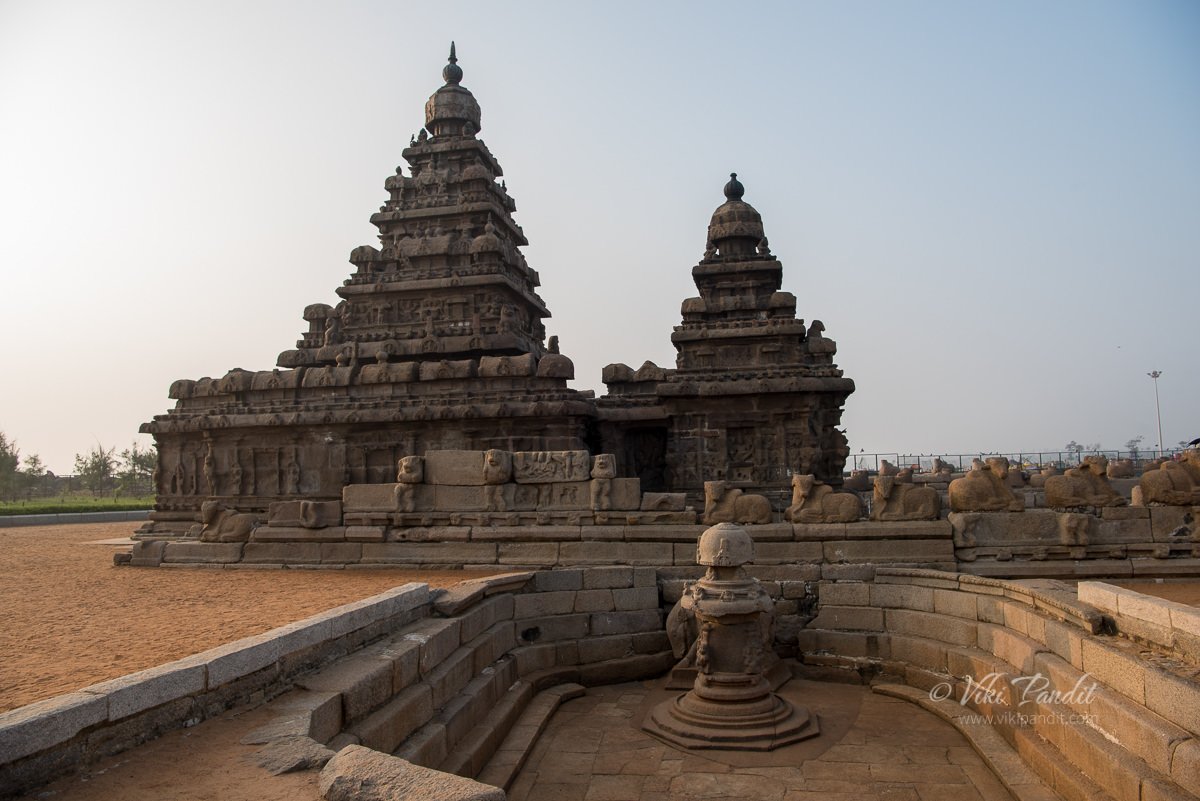
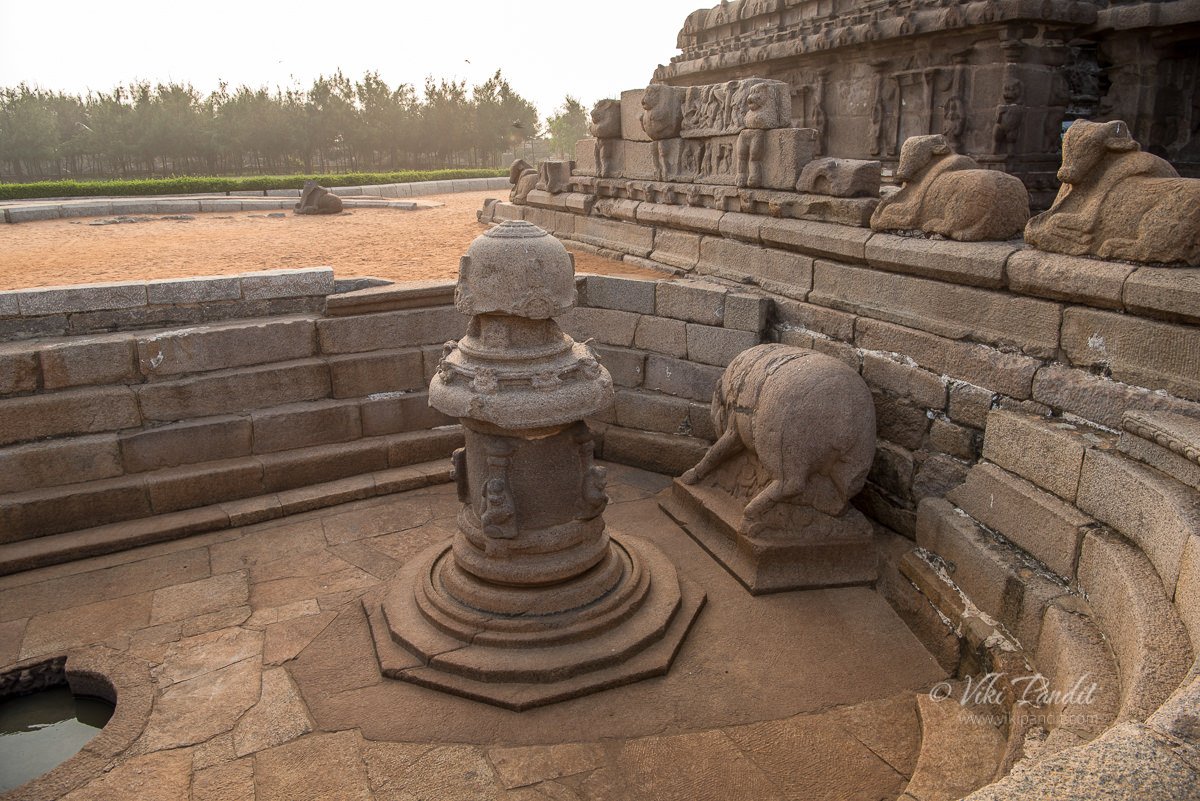

I also visited this Temple in August 2024. It is really a wonderful Temple which requires more time to see all the details. Narayan dear park and these temples are worth to see. My Indian friend has described very well. I am also writing the things which I saw during my Japan visit and preparing a book for Marathi readers’ Chala jag phirya ‘